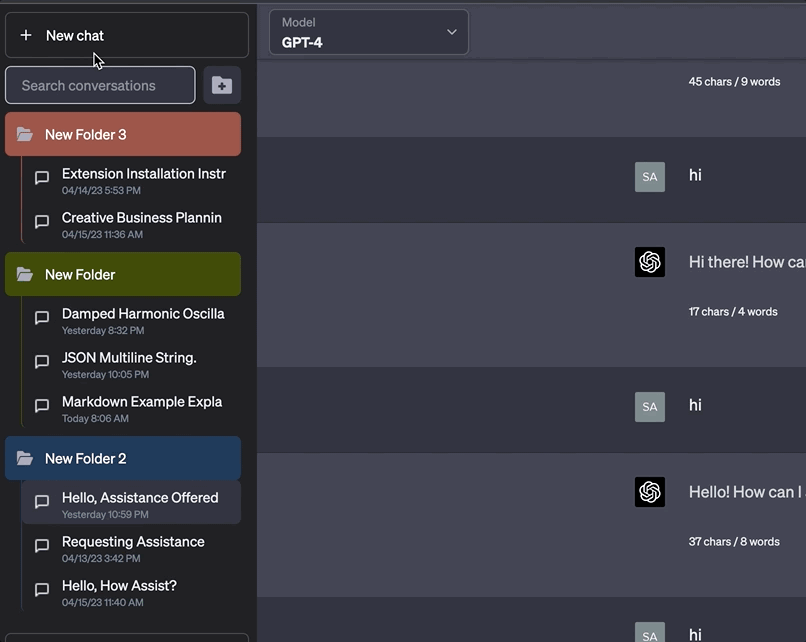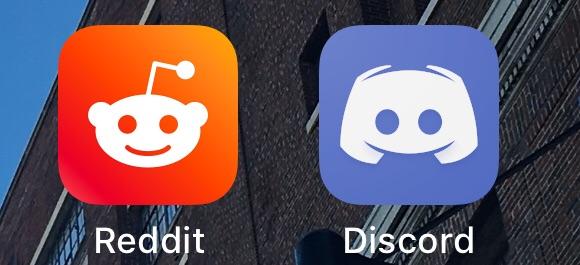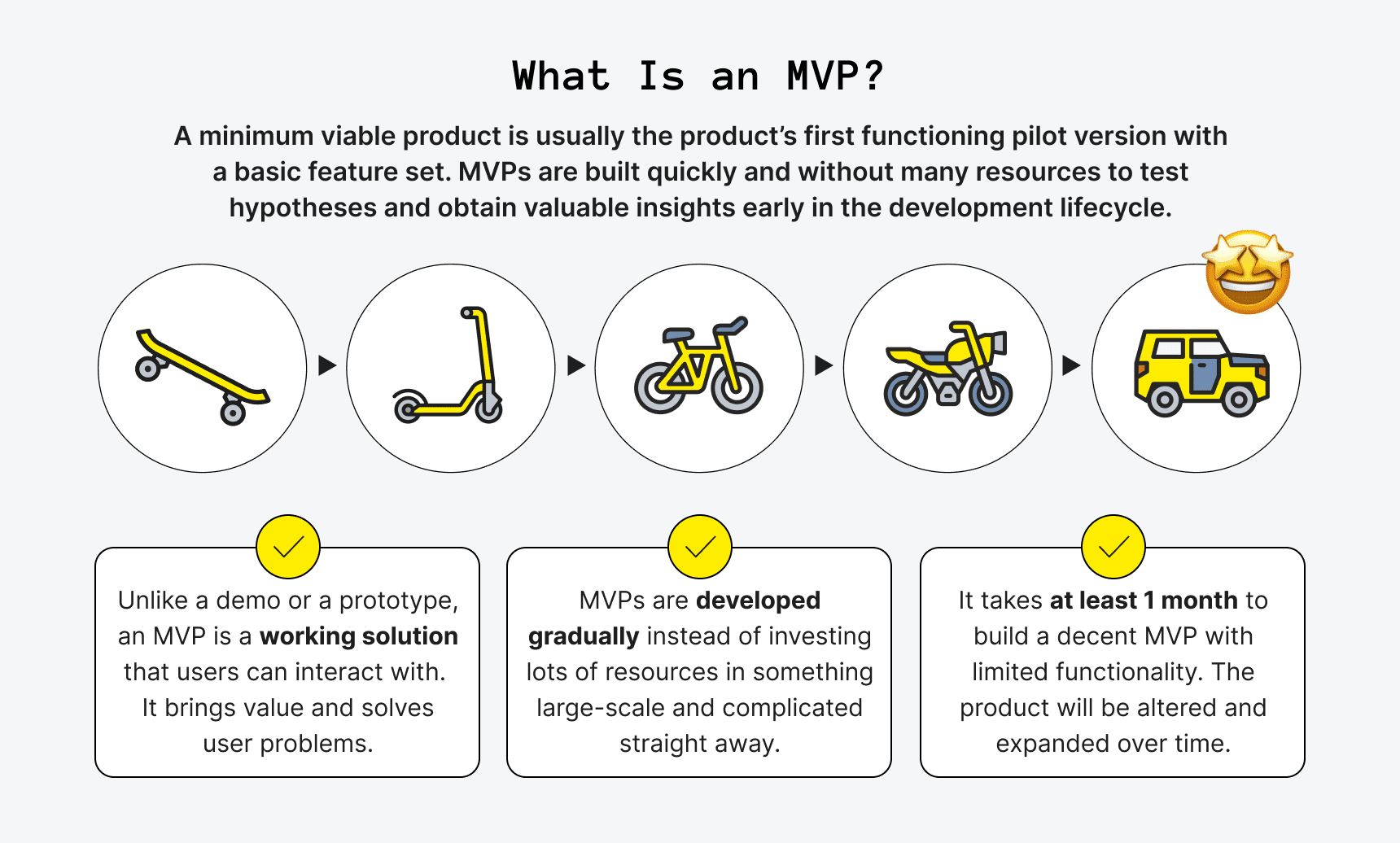In the realm of browser extensions, especially those leveraging the power of AI, there are massive opportunities for entrepreneurs to make a significant income. One inspiring example comes from Saeed Ezzati (Photo Below), a software engineer who went from a corporate career to building a highly successful Chrome extension. Here’s a deep dive into how he managed to grow a simple extension into a $20,000 a month business, and the lessons that any budding entrepreneur can learn from his journey.
Website: https://spchatgpt.com/
Saeed Ezzati X (social): https://x.com/eeeziii

Q: How did S start his journey in the world of browser extensions?
S: My journey began in Corporate America, where I worked for almost a decade. However, my passion for software engineering and AI led me to experiment with browser extensions. The real turning point was when ChatGPT was launched. I saw potential right away and started working on building something for it.
I wasn’t an expert in building extensions. In fact, I had never built one before. But I learned the basics within two or three days and launched my first extension—SuperPower ChatGPT. It started as a simple tool to add more functionality to ChatGPT’s interface. Today, that same extension brings in about $20,000 to $30,000 MRR (Monthly Recurring Revenue).

Q: What exactly does the SuperPower ChatGPT extension do, and how successful has it been?
S: The extension adds several extra features to ChatGPT’s user interface, making the experience more customizable and powerful for users. When I first launched, it only had a couple of basic features, but I kept improving it over time. Today, it’s been downloaded over 260,000 times, with 150,000 weekly active users. I’m the sole developer behind it, and I’ve managed everything, from coding to user support.

Q: What platforms should entrepreneurs focus on when building a browser extension?
S: There are two main strategies when considering platforms:
- Build for an existing, large platform – Platforms like Gmail, Facebook, YouTube, Twitter, and Roblox have huge user bases. You just need to create something that enhances their experience, and you’ll naturally find users.
- Target smaller platforms with marketplaces – Platforms like Zoom and Salesforce may have smaller user bases, but they’re less competitive. Building something unique for these platforms can be very lucrative because there’s a lack of developers creating for them.
Both approaches work, but it’s essential to assess what kind of product you’re building and what niche you’re targeting.
Q: Why focus on building an extension instead of a standalone SaaS (Software as a Service)?
S: A lot of new developers want to launch a full-blown SaaS with a website, backend, and everything. But that means competing with the entire internet. Instead, I chose to build for existing marketplaces with a specific user base, like Chrome extensions. That way, you don’t have to worry about marketing a standalone website.
Extensions are also faster to build and easier to test. It’s much quicker to build a simple extension, release it, and validate the idea with real users than to go all-in on a standalone SaaS.
Q: How did you come up with the idea for SuperPower ChatGPT?
S: The idea came from my own usage of ChatGPT. I noticed some missing features that I wanted to add for my personal use. Once I built it, I decided to share it with the community. From there, I started looking at user feedback in online communities like subreddits, Discord channels, Slack groups, and Facebook groups.

People often share what features they wish they had for a tool like ChatGPT, and I began adding those to the extension. This constant feedback loop—listening to users and then implementing their ideas—was one of my biggest growth hacks.
Key Tip: Go where your users are
- Engage with them in forums and groups.
- Find out what problems they’re facing.
- Build features to solve those problems.
Q: How did you market your extension?
S: Surprisingly, I didn’t spend anything on ads. My marketing was entirely organic. The first post I made was on Reddit, and it got to the top of the subreddit I posted in. From there, it spread by word of mouth.
Other people in the AI space started writing reviews about the top ChatGPT extensions, and mine was often listed. I didn’t write those reviews, nor did I pay for them. But the features I added to the extension made it valuable enough that users started sharing it.

Q: What coding languages and tools did you use to build the extension?
S: For the extension, I used JavaScript, HTML, and CSS. It was a simple setup—no frameworks, just pure JavaScript. If you can build a simple website, you can build a browser extension.
I also use AWS for all the backend services and VS Code as my primary code editor. For my newsletter, I use Beehiiv because it has built-in monetization features, and I use Passionfroot for sponsors to find me.
Q: How did you start monetizing your extension?
S: For the first 9 months, my extension was entirely free. In hindsight, I could have monetized it earlier, but offering it for free helped me build a large user base quickly.
After that, I started a newsletter for my users, which was my first step into monetization. My first sponsor paid a few hundred dollars just to place an ad in the newsletter. Eventually, I introduced premium features in the extension itself. I experimented with different pricing and found a middle ground that worked for both me and the users.

Q: What advice do you have for developers looking to monetize their projects?
S: Focus on building an audience first. Give away value for free—whether through features, blog posts, or newsletters—and then, over time, introduce monetized features. Also, validate your project quickly. Launch as soon as possible, get feedback, and see if people are willing to pay for extra features.
Q: Are there any risks in building a ChatGPT wrapper or other browser extensions?
S: The biggest risk with ChatGPT extensions—or any extension built on top of a platform—is that the platform can shut down your product any day. OpenAI could change its API, or Chrome could make a change, and suddenly your extension doesn’t work anymore.
I’ve come to terms with this. I could wake up one day, and SuperPower ChatGPT might be dead. But at that point, I’ll move on to another platform and build something else. That’s just part of being an entrepreneur.
Key Takeaway: Don’t be afraid of platform dependence
- Always be ready to pivot if your current platform changes.
- Diversify by building for multiple platforms if possible.
Q: What advice would you give to entrepreneurs just starting out in software development?

S: First, validate the idea as fast as possible. Build the minimum viable product (MVP) and get it out to users. Don’t spend months refining something that no one might want.
Second, focus on your strengths. For me, it was coding. I knew I could build a product and get it out there quickly. For someone else, it might be marketing or user research. Focus on that core strength and let it guide your path.
Conclusion: The Journey from Employee to Solopreneur
S’s story is a powerful reminder that you don’t need a massive team or a huge marketing budget to build a successful product. By leveraging existing platforms, listening to user feedback, and creating value, you can launch a profitable side project—sometimes faster than you think.
For entrepreneurs considering their next move, the key lessons here are:
- Find gaps in popular platforms – There are still untapped opportunities in platforms like ChatGPT, Gmail, and Zoom.
- Validate your idea quickly – Launch fast, gather feedback, and adapt.
- Monetize intelligently – Build a user base first, and then introduce premium features.
The path from idea to $20,000 per month is achievable, but it requires focus, speed, and the willingness to learn from your users.


Leave a Reply